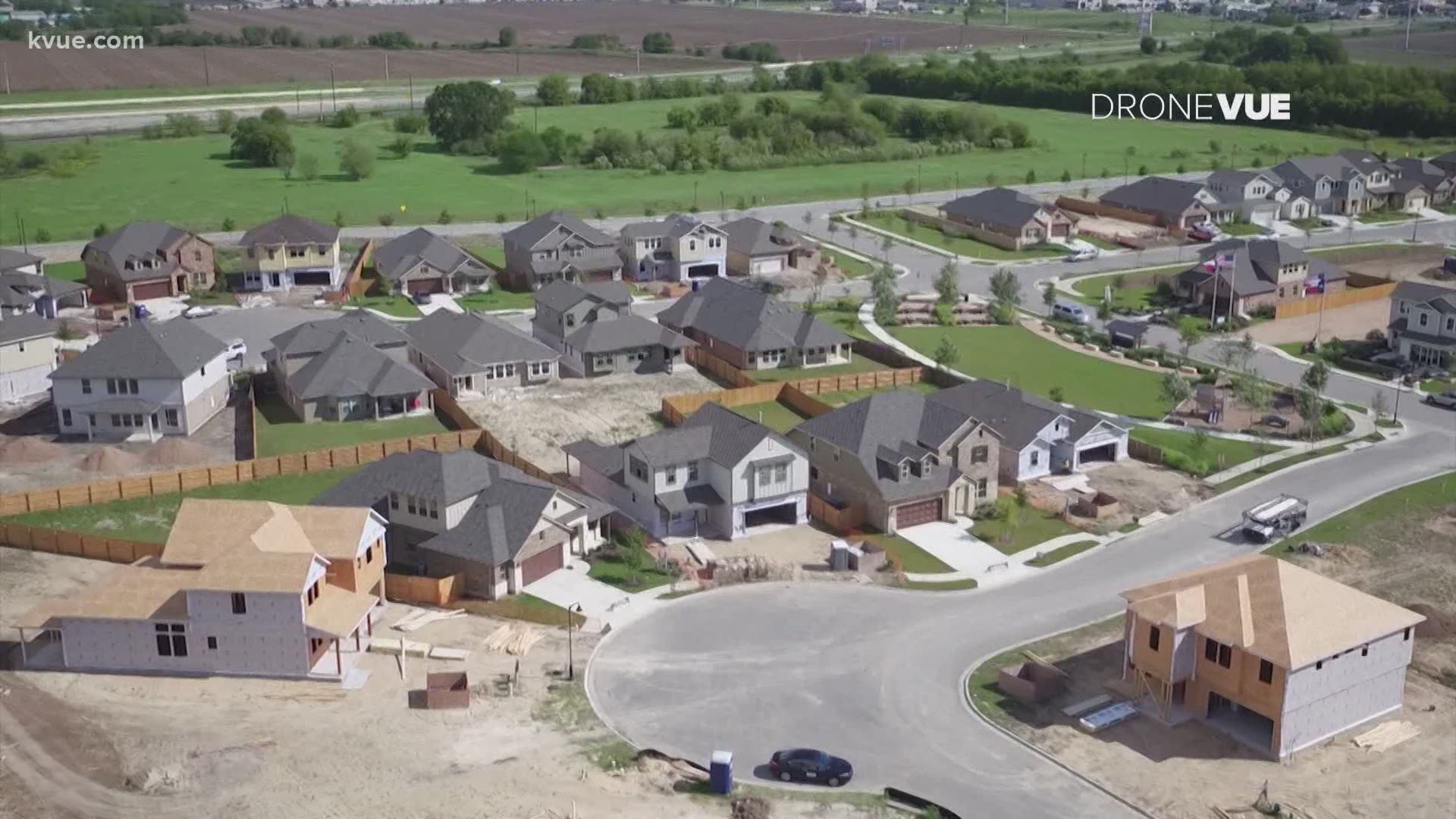(CultureMap) At this point, we're running out of ways to say: Austin's real estate market is on fire. November was another record-breaking month following a record-breaking October, September and August.
Despite the sky-high numbers, local real estate experts quoted in the Austin Board of Realtors' November Central Texas Housing Report issued a stern warning: this growth is not sustainable.
"While we’re grateful that the housing market rapidly recovered, last month’s numbers should give us all pause,” said Romeo Manzanilla, 2020 ABoR president, in the report. “Central Texans who could not find a property within Austin’s city limits have historically been able to expand their searches outward to find a home. But, when the entire region has virtually zero inventory, its leaders must think about how such a broad lack of housing will ultimately impact Austin’s suitability as a destination for businesses and economic growth.”
And if Oracle's recent relocation announcement isn't evidence enough, that economic growth is showing no signs of slowing down. Austin's residential real estate market, which has struggled with affordability and inventory over the past five years, simply needs more housing.
“With a steady influx of job creation in the pipeline, the housing market will continue to post strong numbers well into 2021,” said Mark Sprague of Independence Title. “But, because Austin’s housing market is not slowing down, we will continue to see demand outpace the inventory available. This growth is not sustainable. The one variable that will hold the market back is the lack of inventory.”
Austin-Round Rock metro area
Home sales in the Austin-Round Rock metro jumped 23.8% year over year to 3,397 sales, despite both a global pandemic and the holiday slowdown that traditionally accompanies November and December. Median home prices — surprise, surprise — also jumped, hitting $365,000 (a 19.7% increase over November 2019) in the five-county metro area.
City of Austin
Per usual, inside the city of Austin, home prices hit an all-time high (again), rising 10.1% to $433,493. The frenzy of residential real estate sales Austin has seen over the past few months continued into November, with residential sales increasing 28.2% to 1,105.
Sales dollar volume — a key indicator of sales activity and prices — ballooned more than 47.2% to $600,496,127 over 30 days. (That's more than the entire annual gross domestic product of Dominica, in Central America.) Monthly housing inventory, or how long a property sits on the market, fell to just one month.
Travis County
Like the greater metro area, median home prices in Travis County also climbed 19.7%, to $425,000, while sales rose 25.2% year-over-year to 1,720 sales in November.
As for housing inventory, the county fell to 0.9 months, less than 30 days, while active listings decreased a whopping 47.2%, meaning properties are moving at lightning speed.
Hays, Bastrop, Caldwell, and Williamson counties
As people push further and further into the suburbs, home prices in the surrounding counties are trending upward. In Hays County, median home prices hit $303,525, an 18.5% increase over November 2019. Hays also boasted 403 sales, a 30.4% increase.
Bastrop saw a smaller boon, but a boon none the less. Median price for residential homes increased 6.4% to $260,950, while home sales climbed 14% to 114 sales.
Caldwell's home prices remain the most affordable within the five-county area, hitting a median home price of $204,750 (though still more than 11% climb year-over-year). Home sales increased 65%, to 33 sales in November.
Williamson County unsurprisingly has the highest median home price aside from Travis County, at $326,725. Home sales in the county increased 19.8% to 1,127 sales, while housing inventory to fell to 0.5 months — the lowest in the metro area.
This story originally appeared in CultureMap.
PEOPLE ARE ALSO READING:

